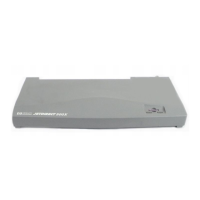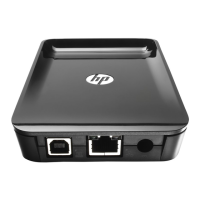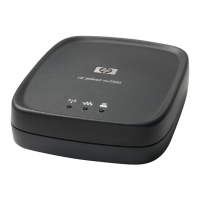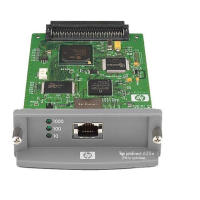ENWW HP Jetdirect 802.11b Wireless Print Servers 255
You can use multiple Access Points on a network. You can
strategically locate and configure your Access Points to create
subgroups of wireless users and devices, and allow mobile users
(and devices) to roam and connect to different Access Points without
losing connection to the network.
Ad Hoc (Peer-to-Peer) Mode
In Ad Hoc (Peer-to-Peer) Mode, the wireless devices on a network
communicate directly with each other, and Access Points are not
used. Ad Hoc Mode is referred to as an Independent Basic Service
Set (IBSS). You may also hear the term "computer-to-computer"
mode. See Figure B.2
.
Figure B.2 Ad Hoc Mode Example
Note To clarify the use of similar terminology, please note
the distinction between wireless "Peer-to-Peer
mode" and HP Jetdirect "Peer-to-Peer printing".
Wireless Peer-to-Peer mode refers to a topology
where wireless devices communicate directly,
without routing through an Access Point. HP
Jetdirect Peer-to-Peer printing refers to a client's
direct print path to a printer, without routing
through a network server to a shared printer.
Note that HP Jetdirect Peer-to-Peer printing can be
used on either Infrastructure or Ad Hoc
(Peer-to-Peer) mode wireless topologies.
Although network performance depends on the types of users and
devices, Ad Hoc Mode is typically used on very small networks (for
example, up to six wireless users and devices).
In Ad Hoc mode, Access Points are not
used. All wireless devices may
communicate with each other directly.
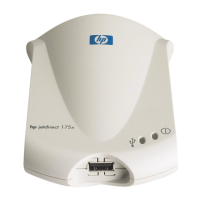
